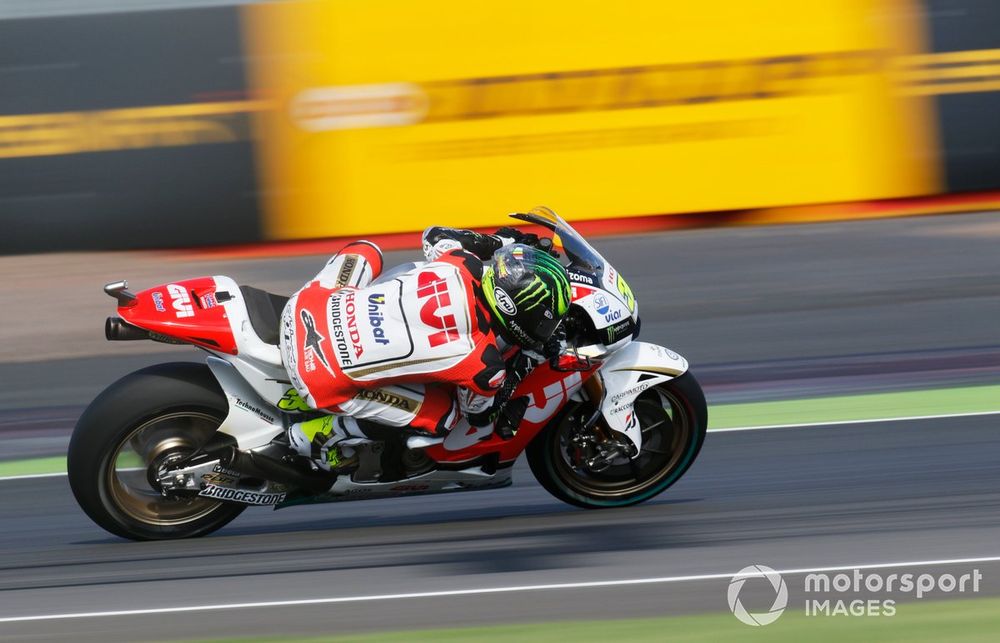In a series where the differences are so tight and where every thousandth of a second counts, any help is good for a rider to improve their lap time.
A few years ago, a technique was introduced in MotoGP that has now for many riders become a vital asset. This has led to the fact that in 2024, for the first time since its introduction, all teams on the premier class grid will have a ‘videometry’ technician or coach.
As one former MotoGP technical chief explains to Autosport, ‘videometry’ consists of recording at a certain point on the track, always in curves, the pace of previously determined riders. These images are superimposed via software to reveal the different lines used by each rider and allows them to imitate the benchmark rider’s line.
“Once you have the images,” he adds, “it is very easy to analyse them and it is very effective, especially when comparing riders with the same bike.”
The first data technician to apply video to improve rider lines was Serge Andrey, who began to apply it when he worked at Ducati in 2010. He developed it for four seasons, before the Italian team, with the arrival of Andrea Dovizioso ‘closed’ that programme at the end of 2013.
Andrey began to develop his own software, since there was nothing on the market at that time to superimpose the images of the moving lines. The Belgian’s expertise did not go unnoticed and LCR Honda signed him in 2014 to try to improve the results of Stefan Bradl, who subsequently departed for Aprilia.
Cal Crutchlow landed at Lucio Cecchinello’s team for 2015 and the ‘videometry’ department began to grow, to such an extent that it caught the attention of Marc Marquez – at that time the star rider of the official Honda team. The Spaniard began to visit the truck at which Andrey was based.
Photo by: Kevin Wood / Motorsport Images
Cal Crutchlow, LCR Honda.
At the same time, the Suzuki team began to use this same technique with another engineer, Motohiko Tono. Taking advantage of the fact that video recording software was being modernised, Tono adapted the system to do the job, apparently successfully, since Honda quickly hired him to create its own ‘videometry’ department.
Things did not work out as expected, since Marquez preferred to continue using the services of LCR’s Andrey, leaving Tono to work with the second Honda rider.
Marquez’s trust in Andrey was such that he offered to take him with him to Gresini, or buy the software that he has developed over…
Click Here to Read the Full Original Article at Autosport.com – MotoGP – Stories…

